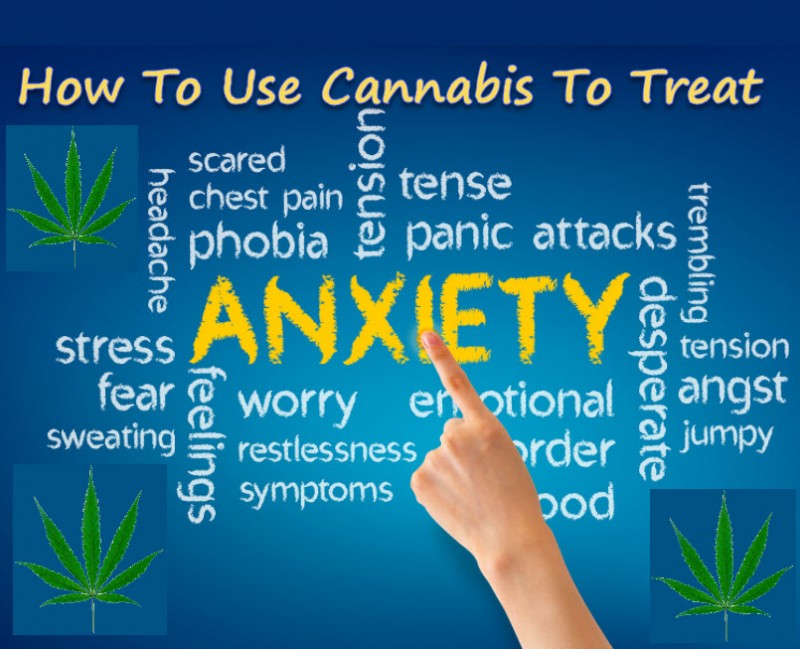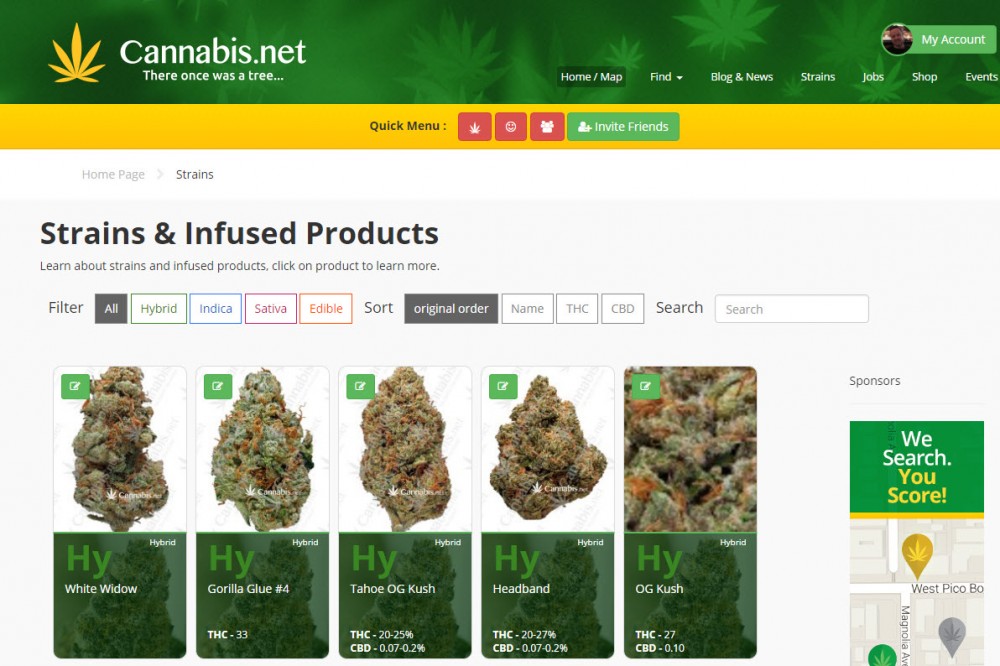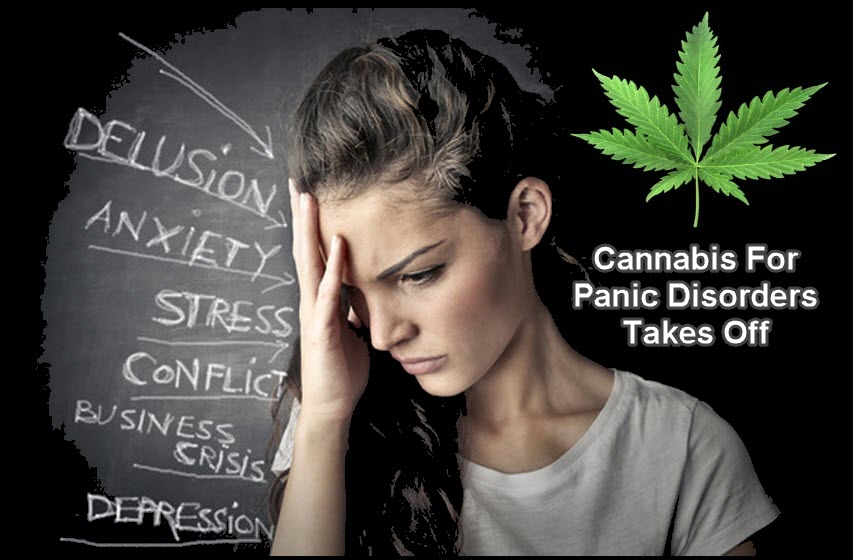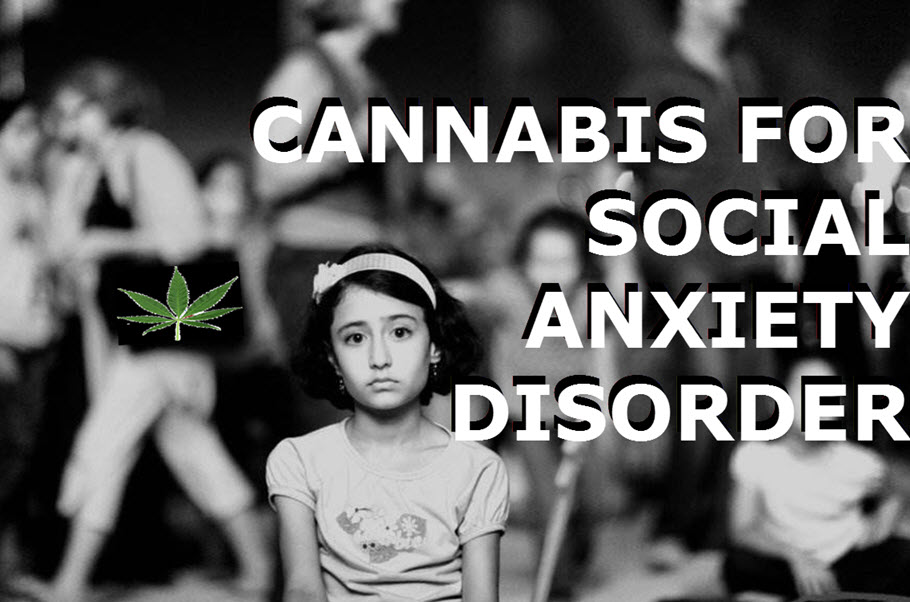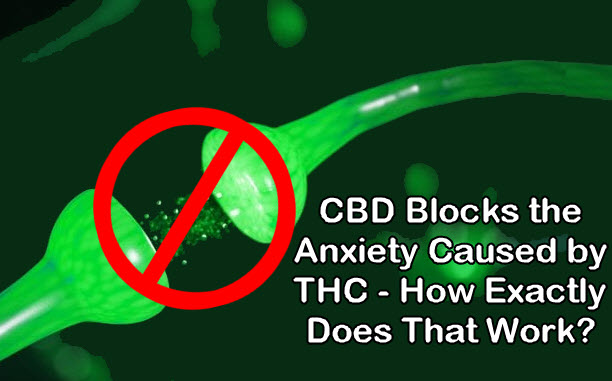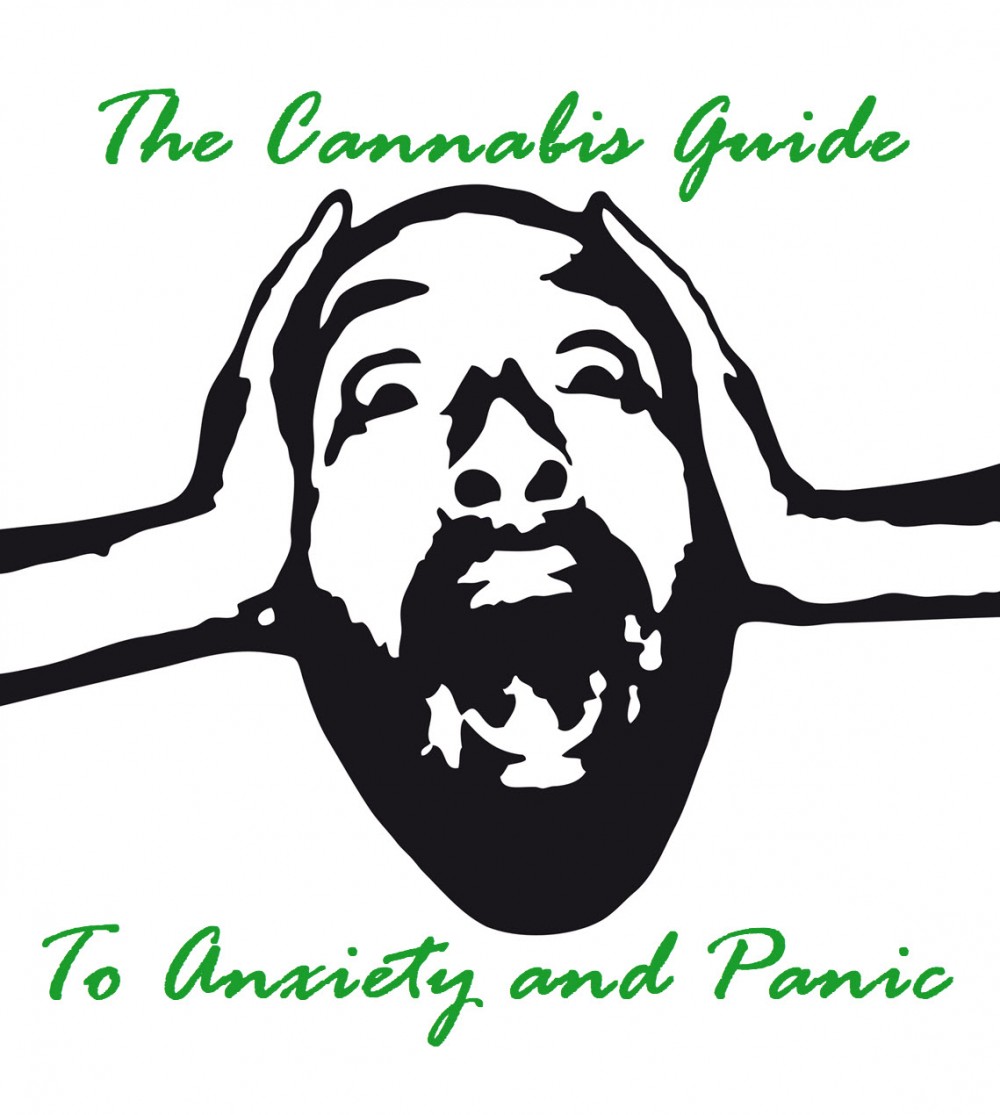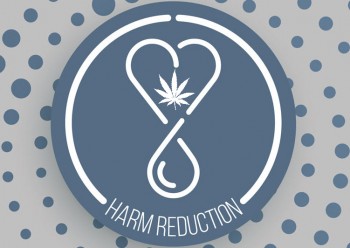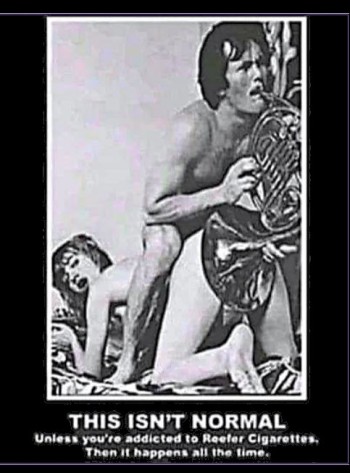How To Use Cannabis To Treat Anxiety
Got Anxiety and Panic Attacks - How Cannabis Helps With Anxiety from CannabisNet on Vimeo.
Anxiety is the most common mental illness affecting American adults, with 40 million of the population suffering from anxiety disorders. The general symptoms of anxiety include fear, panic, uneasiness, difficulty sleeping, nausea, shortness of breath, and the inability to stay calm. For millions of people, the symptoms of anxiety are so severe that the condition becomes debilitating and it’s almost impossible to go on living a normal life.
Big Pharma has cashed in on anxiety. With prescription medications for anxiety on the rise, premature deaths (especially among white women) have become a serious problem. This is because Caucasian women have a tendency to overdose on anti-anxiety prescription drugs. However, anxiety is one of the most widely used conditions that cannabis has been effective at treating naturally and without any side effects. Numerous studies back up the anecdotal evidence. One of these is a recent Canadian study which revealed that within 90 days of using cannabis for anxiety and pain, 40% of participants were able to quit benzodiazepine use, which are commonly prescribed pharmaceutical drugs for the treatment of anxiety yet is widely abused.
But not just any cannabis: high THC strains have been shown to worsen or induce anxiety, which is where CBD comes into play. Studies show that new cannabis users are also more prone to feel anxious after smoking, a feeling which can be intensified if cannabis is used in an unfamiliar environment. There are also many other factors to take into consideration if you want to successfully use cannabis to treat anxiety.
Choosing the right cannabis strain is the most important factor if you want the herb to work for you in fighting anxiety. Some studies say that THC, when taken in low doses, may have anti-anxiety properties but too much of it can actually cause paranoia because THC acts on the amygdala, the part of the brain that is responsible for modulating fear response.
CBD’s anxiolytic (anti-anxiety) properties are well-documented. CBD can also mitigate some of the (unwanted) effects of THC including anxiety as well as paranoia and its psychoactivity. Additionally, indica strains are usually preferred by patients as opposed to sativas for the treatment of anxiety. Sativa strains are uplifting and energizing on both mind and body, while indica strains are more beneficial for stress relief, relaxation, and overall calmness. When choosing strains, go for varieties that have a higher CBD to THC ratio to counteract THC’s potential anxiety-inducing effects. If you’re going for extracts, pure CBD products are an excellent choice since they are highly unlike to give you anxiety.
And don’t underestimate the importance of terpenes! A strain’s THC and CBD content alone isn’t enough to judge a strain. Terpenes are another equally important group of compounds found in plants that have its own unique benefits and also help modify the properties of cannabinoids and how they interact with the human body. Some of the excellent terpenes that help with anxiety include myrcene, linalool, caryophyllene, and terpinolene.
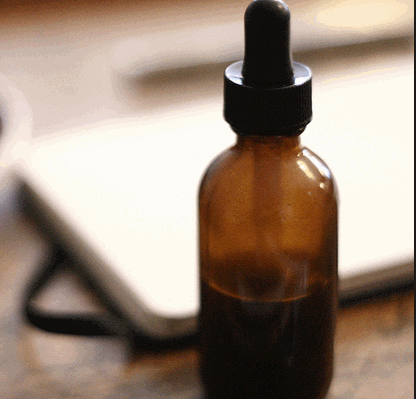
Dosage
As a general rule of thumb, consuming more cannabis will give you a stronger high, no matter what. If you’re new to using cannabis, it’s always best to start a small dose for any condition you’re trying to treat, most especially anxiety. Gradually increase as you feel comfortable with higher doses. It also helps to keep track of how various doses makes you feel by writing them down in a journal. This way, you can easily keep track of the effects of different dosage.
For many medical patients, anxiety or others, microdosing is becoming a more popular way to medicate. Microdosing, or the concept of “less is more”, may be just what anxiety patients can use to get the most out of cannabis.
But at the end of the day, there is no right or wrong approach to dosing for anxiety (as long as you don’t start with too much). The trick is to find a dosage that you’re comfortable with, and the only way to do so is by experimenting.
Environment
The effects of cannabis is never 100% predictable especially for anxiety, because the condition may be brought about by external factors. In most cases of anxiety, a patient usually already suffers from stress due to work, personal relationships, finances, a medical condition, emotional trauma, or others. If you medicate with cannabis but your environment still makes you think about the very things that cause you anxiety, it will be much more difficult to recover.
As much as possible, use cannabis in a peaceful and relaxing environment.
Method
Dosage regulation is much easier in some methods of administration than others. Tinctures and vaporizing provide quicker relief from anxiety while helping you control doses. If you use edibles, the effects will last longer but it can take 30 minutes to a whole hour to kick in. Similarly, if you do opt for edibles, only go for products where the dosage has been predetermined (such as cookies where one square is equivalent to 5mg CBD or THC).
Conclusion
While easily thousands of people already use cannabis for anxiety and related disorders, paying close attention to these factors can improve the experience for you especially if you’re self-medicating. Best of all, if you find that a strain, dosage, or method isn’t working for you, you can always change it up to see what does.
When it comes to anxiety and cannabis, what works best for you?
OTHER STORIES YOU MAY ENJOY...
CANNABIS FOR ANXIETY ATTACKS, READ THIS, CLICK HERE.
OR..
CANNABIS FOR SOCIAL ANXIETY TAKES OFF, CLICK HERE.
OR..
CBD TO BLOCK ANXIETY FROM THC, CLICK HERE.
